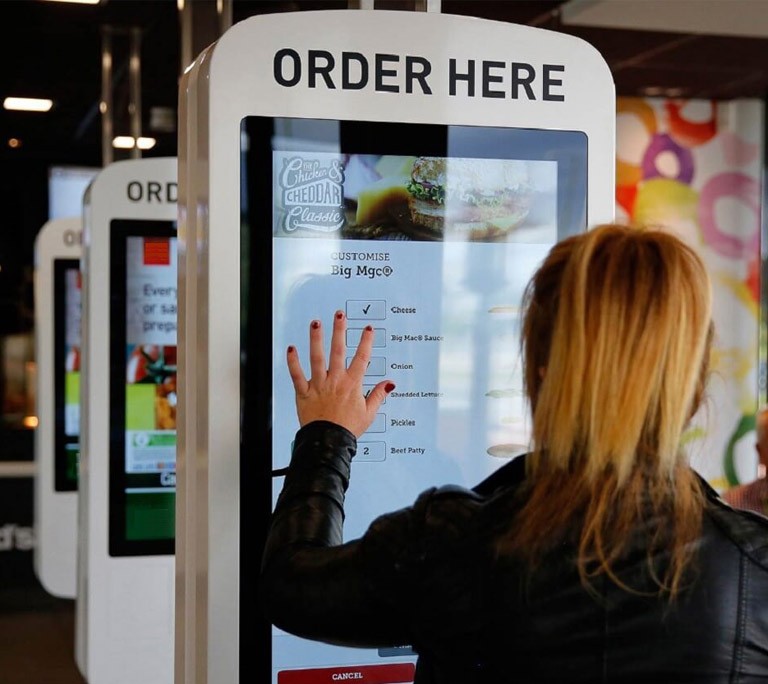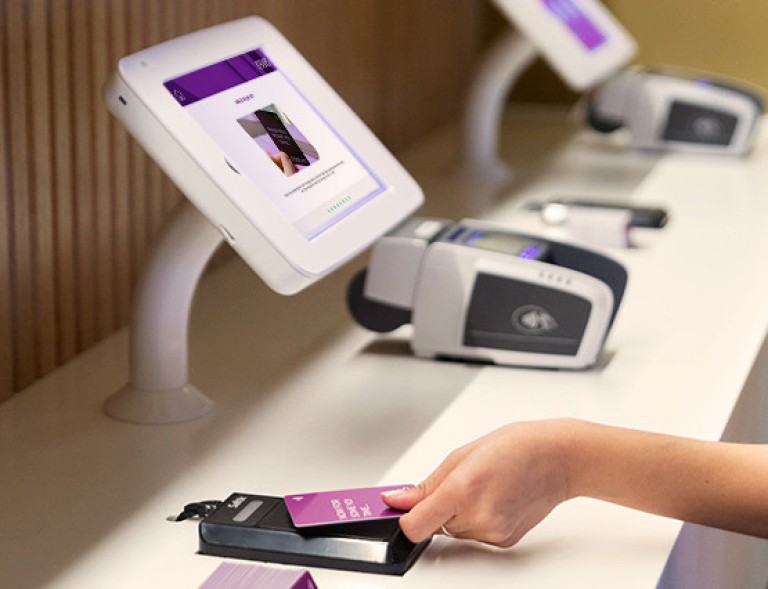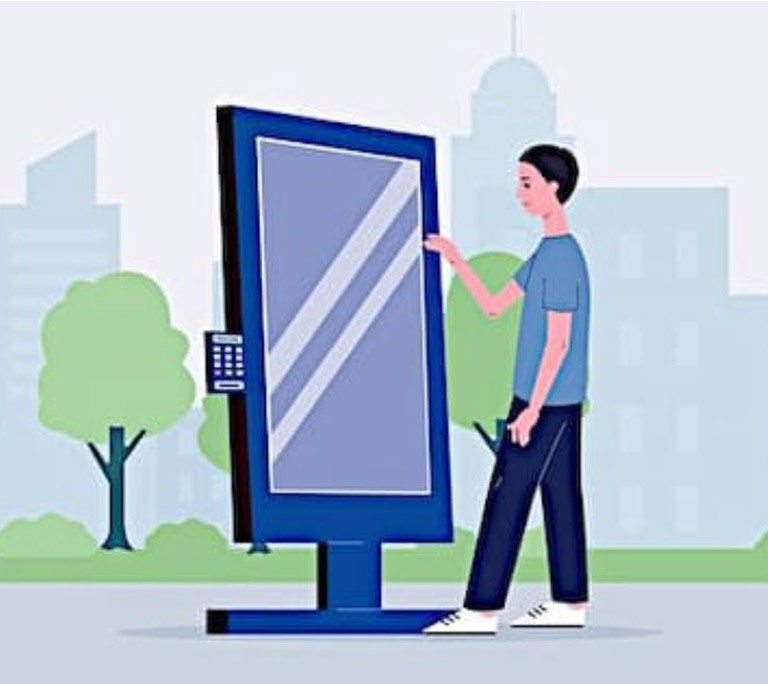Self-ordering Kiosks are customer facing devices that allow users to place orders and make payments without interacting with the cashier. These kiosks aren’t exactly new. Prior to the pandemic, many quick service restaurants had already integrated Self-ordering Kiosks in their outlets and quickly found success with this technology.
Why deploy Self-ordering Kiosks?
Less Wait Times
A Self-ordering Kiosk can help decrease wait times by letting customers build their order, send it to the kitchen, and pay, all in just a few taps. Customers can then move out of the line to wait until their order is ready before picking it up from a designated counter. It’s a win-win for everyone.
Increased Sales
Self-ordering Kiosks have made a huge impact on average ticket sizes. While placing an order, the flexibility offered can be monetised. This can be done by building in options to add extra toppings or side dishes. Instead of relying on staff to highlight high margin items and pricey add-ons, your self-ordering kiosk can do it for you. Further, the ability to cross sell, and upsell using targeted visual promotions can also result in increasing wallet share.
Improve Operational Efficiency
Self-ordering Kiosks helps to address the issue of productivity by giving restaurateurs the flexibility to move staff around. Front-of-house staff who used to take orders manually can now be reassigned to other tasks that increase sales and improve the overall customer experience.
Conclusion
The pandemic has only quickened user acceptance of Self- ordering Kiosks. Customers have gotten used to the ease and speed of online ordering, and increasingly expect the same level of control, choice and personalisation when they physically visit a restaurant.
If you are Interested in a similar solution then do share your details by clickinghere.



